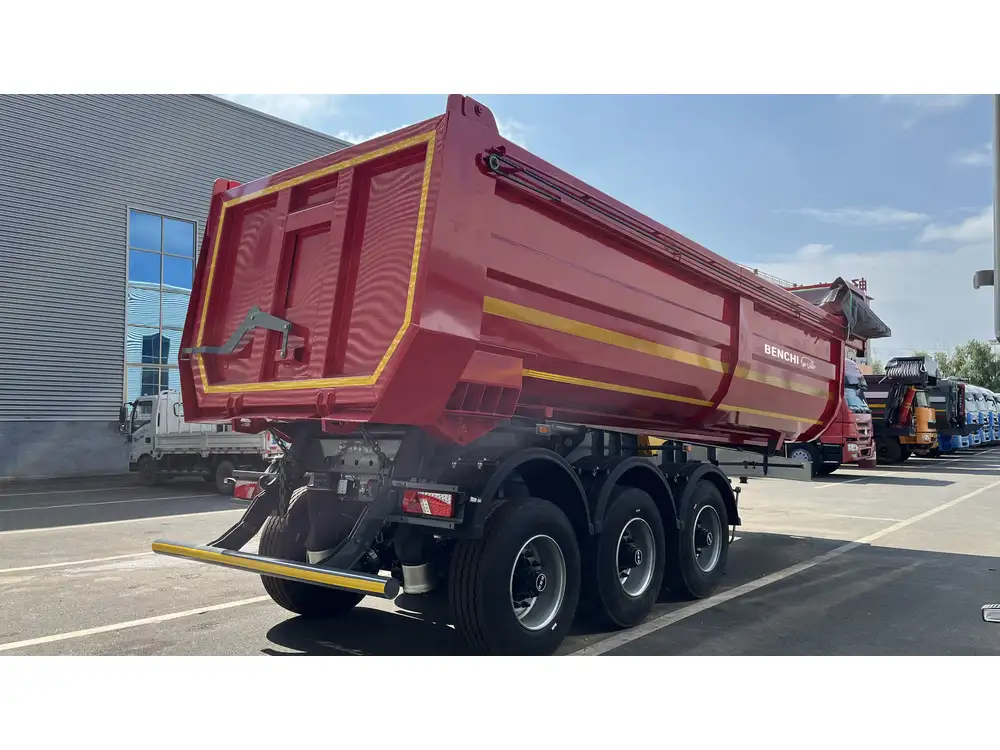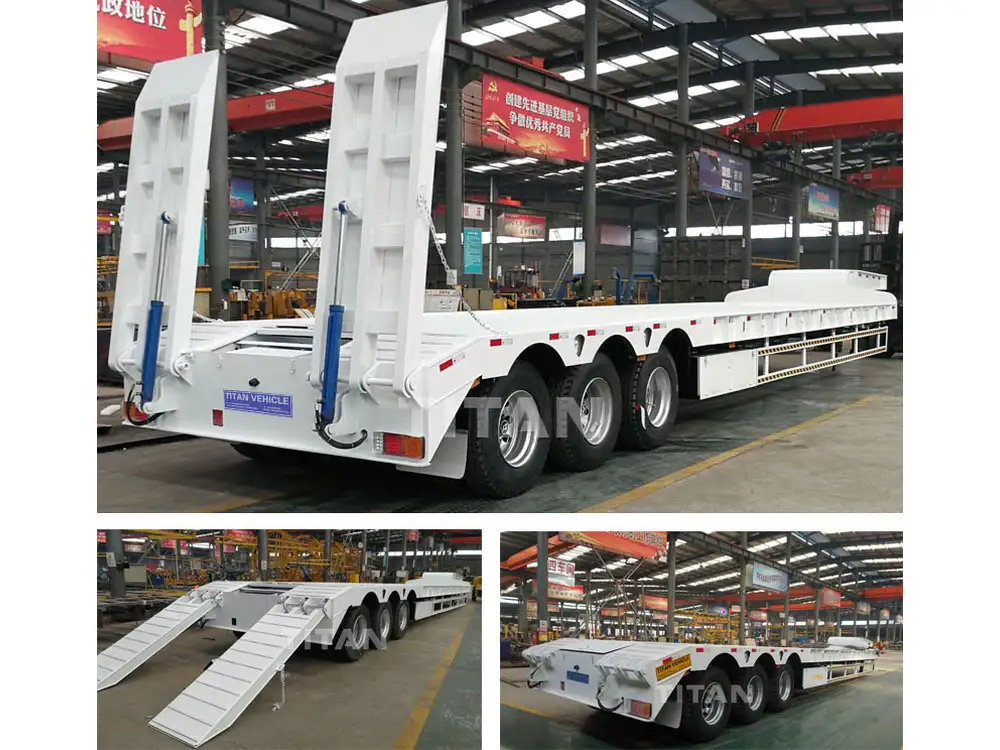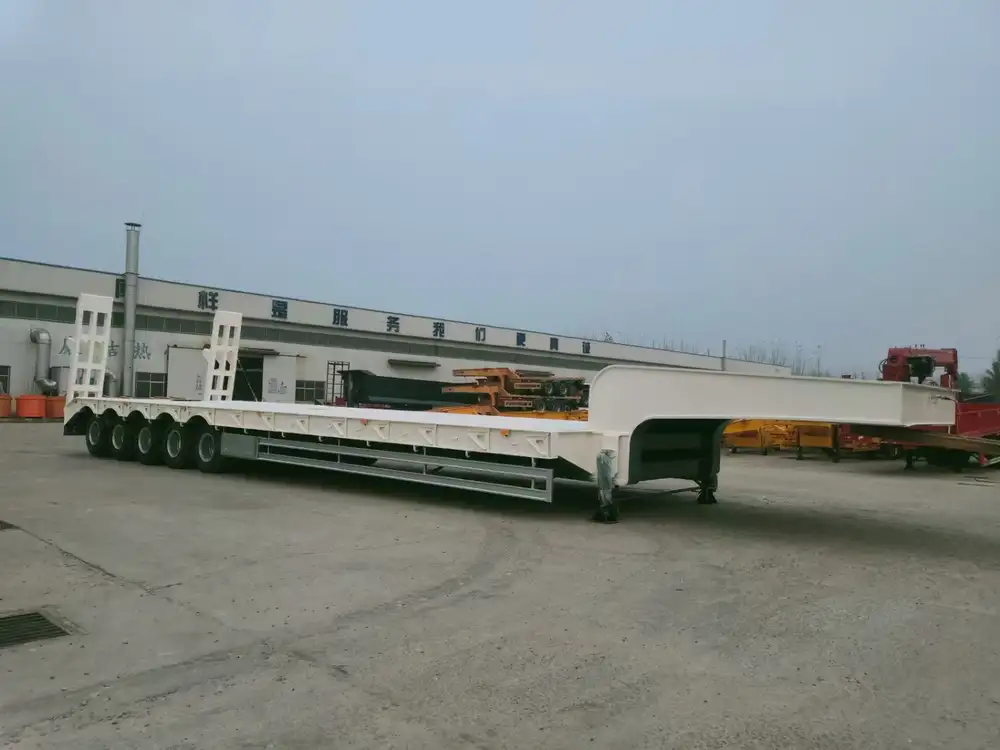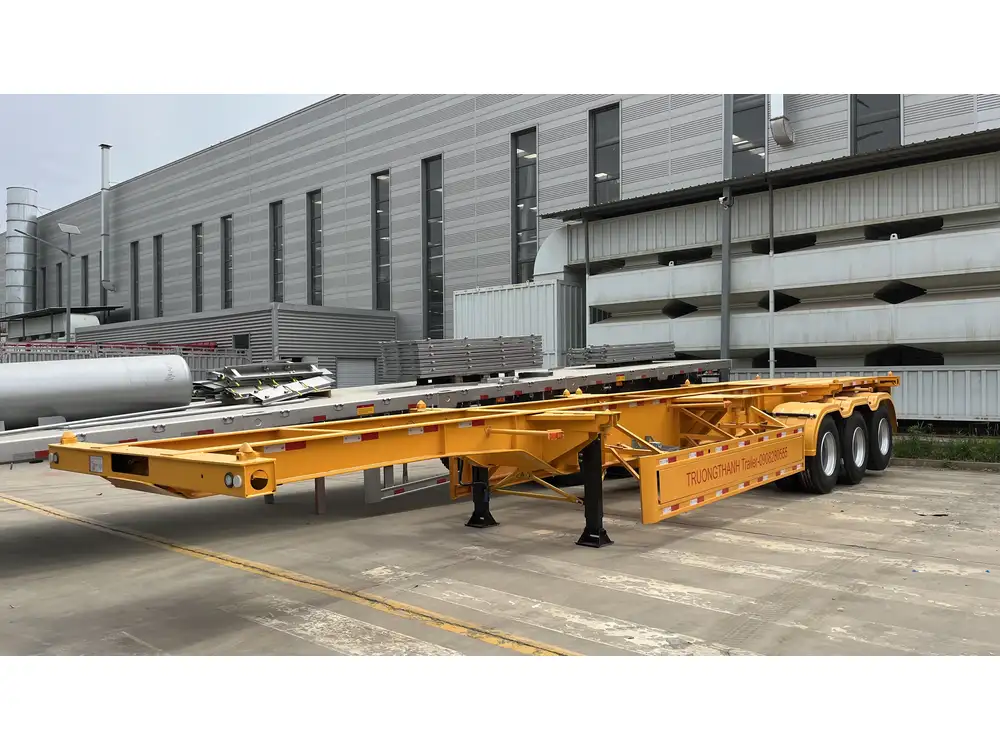Semi-trailers, an essential component of the transportation industry, offer a range of applications that power the commercial freight ecosystem. Among the myriad of queries surrounding semi-trailers, one stands out in importance: What is the maximum payload for a semi-trailer? Grasping the intricacies of payload capacity not only enhances operational efficiency but also ensures compliance with legal constraints. This article delves into the complexities associated with payload capacities, regulations, and considerations for operators and manufacturers alike.
What Is Maximum Payload?
Maximum payload refers to the highest weight a semi-trailer can legally carry, including cargo, equipment, and any additional accessories. This figure is crucial for logistics, as exceeding this limit can result in fines, damage to the vehicle, and safety hazards. Here are some key points to consider:
- Gross Vehicle Weight Rating (GVWR): This is the maximum weight a vehicle is rated to safely carry, encompassing the weight of the trailer, cargo, and vehicle.
- Unloaded Vehicle Weight (UVW): Also known as the tare weight, it represents the weight of the semi-trailer without any cargo.
- Calculating Payload: The formula to determine maximum payload is: [ \text{Maximum Payload} = \text{GVWR} – \text{UVW} ]
Example:
If a semi-trailer has a GVWR of 80,000 pounds and an UVW of 20,000 pounds, the maximum payload would be: [ 80,000 – 20,000 = 60,000 \text{ pounds} ]

Types of Semi-Trailers and Their Payload Capacities
Different types of semi-trailers cater to various logistics needs, and each type has a distinct payload capacity. Here, we explore several common types of semi-trailers:
| Type of Semi-Trailer | Typical Payload Capacity | Use Case |
|---|---|---|
| Flatbed Trailers | 48,000 – 60,000 lbs | Heavy machinery, construction materials |
| Dry Van Trailers | 45,000 – 53,000 lbs | General freight, retail products |
| Reefer Trailers | 42,000 – 48,000 lbs | Perishable goods, food items |
| Tankers | Up to 40,000 lbs | Liquid transport, chemicals |
| Lowboy Trailers | 40,000 – 50,000 lbs | Oversized equipment, heavy machinery |
Factors Influencing Payload Capacity
When discussing payload capabilities, several factors come into play, influencing both legality and operation:
- State Regulations: Different states impose varying regulations on weight limits. It is crucial to understand local laws.
- Axle Configuration: The more axles, the higher the permissible weight. For instance, a five-axle semi-trailer can often carry more than a three-axle configuration.
- Load Distribution: How the cargo is arranged on the trailer affects its overall stability and safety; improper distribution can lead to accidents or regulatory penalties.
- Trailer Design: Innovative designs may offer enhanced payload capacities or increased stability.
Legal Limits for Vocational Payload
In the United States, federal and state laws impose restrictions on how much weight a semi-trailer can carry. The Federal Bridge Law, for example, dictates weight limits based on the number of axles. Here’s a simplified outline:
- Single Axle: Maximum 20,000 lbs
- Tandem Axle: Maximum 34,000 lbs
- Tridem Axle (three axles): Maximum 42,000 – 48,000 lbs depending on spacing and configuration

Overloading Consequences
Exceeding the maximum payload not only jeopardizes safety but also results in dire financial consequences. Some repercussions include:
- Fines and Penalties: Legal ramifications can lead to hefty fines, which compound over time.
- Equipment Damage: The wear and tear of overloading can strain axles, tires, and suspension systems, leading to costly repairs.
- Safety Hazards: Overloaded trailers can lead to decreased stopping power and handling issues, increasing the risk of accidents.
Maximizing Payload Efficiency
Operators can optimize payload efficiency while remaining compliant through strategic practices:
1. Load Optimization Techniques
- Weight Distribution: Achieve balanced weight distribution across axles to maximize legal limits.
- Utilize Every Inch: Ensure that cargo fills all available space efficiently without compromising safety.

2. Regular Maintenance
- Conduct routine checks on tires, brakes, and suspension systems, ensuring they are suitable for carrying maximum loads.
3. Consider Containerization
- Using standardized containers can facilitate better loading strategies, ensuring maximum payload fulfillment and seamless transfer between transport modes.
Advanced Technology and Payload Management
The advent of technology in logistics has revolutionized payload management. Here are some emerging technologies that contribute to maximizing payload efficiency:

1. Weight Sensors and Management Systems
- Onboard weigh scales integrated into trailers provide real-time weight data, enabling proactive management of payload limits.
2. Route Optimization Software
- Advanced software solutions allow for real-time analysis of the best routes considering legal weight limits, weather, and traffic conditions.
3. Data Analytics
- Utilize freight data analytics to monitor performance, identify trends, and improve overall freight efficiency, which can lead to smarter payload management.

Sustainability and Eco-Friendly Practices in Payload Management
The transportation sector is increasingly focused on sustainability. Finding ways to maximize payload while minimizing environmental impact is essential:
Use of Lightweight Materials: Technological advancements are enabling manufacturers to explore innovative, lightweight materials that do not compromise strength.
Efficient Route Planning: Reducing the number of trips needed by optimizing routes can lead to reduced fuel consumption and lower carbon emissions.
Regular Eco-Driving Workshops: Training drivers to adopt eco-friendly driving habits can further mitigate environmental impacts across the board.
Key Considerations for Semi-Trailer Manufacturers
Manufacturers play an instrumental role in shaping the future of semi-trailer payload capacities. Below are several strategies that can be adopted:
1. Innovation in Design
- Focus on advanced designs that can withstand higher weights without compromising safety, such as improved frame construction.

2. Customization
- Offer specialized trailers to meet unique industry needs, ensuring clients maximize payload while complying with regulations.
3. Adherence to Regulations
- Ensure that new developments comply with all current regulations and future-proof designs for evolving legal standards.
Conclusion
Understanding the maximum payload for semi-trailers is crucial for manufacturers, operators, and anyone involved in the transportation industry. The combination of knowledge of payload capacities, adherence to regulations, and the incorporation of technology positions stakeholders to navigate the intricate landscape of freight management effectively. By focusing on optimizing payload without compromising safety, logistical efficiency, or environmental considerations, businesses can sustain robust growth while contributing positively to the transportation sector.
The journey toward achieving maximum payload capacity complexities is multilayered but rewarding. Those involved must continue to educate themselves on regulations, leverage advancing technologies, and commit to sustainable practices. Embracing these best practices will not only enhance operational efficiency but also ensure a thriving future for the semi-trailer industry.



